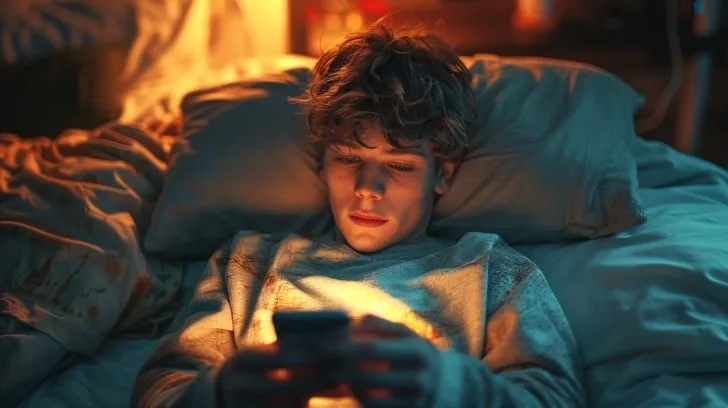Are you caught in a cycle of waking up and immediately checking Instagram? Do you find yourself endlessly doomscrolling through feeds, feeling more anxious than connected? You’re not alone. The need for a social media detox has never been more critical for our digital wellbeing. This guide will walk you through the incredible benefits of taking a break, how to start your own digital detox challenge, and how to build a healthier relationship with technology for improved mental health.

Why a Digital Detox is No Longer a Luxury, But a Necessity
The constant pings from WhatsApp, the perfectly curated lives on Instagram, and the non-stop debates on Twitter can severely impact our mental peace. This constant exposure often leads to FOMO (fear of missing out), anxiety, and a harmful comparison culture. A planned social media break isn’t about hating technology; it’s about breaking free from the addictive algorithms designed to keep you hooked. Taking a step back helps you escape the negative effects of social media and gives your brain a much-needed rest from information overload.
Unlocking the Powerful Benefits of a Social Media Cleanse
When you commit to a social media cleanse, the positive changes can be immediate and profound. People who undergo a digital detox report significant benefits like improved focus and concentration, as your brain isn’t constantly being interrupted. You’ll likely experience better sleep by avoiding blue light from screens before bed. Most importantly, it allows you to nurture real-world connections and gives you back precious hours to invest in hobbies, fitness, or simply being present in the moment.
How to Start Your Social Media Detox: A Practical 4-Step Plan
Starting your journey can feel daunting, but it’s simpler than you think. Following a clear plan for your digital detox is the key to success.
- Set a Realistic Goal: Decide on the duration. Will it be a weekend social media fast (48 hours), a full week, or a 30-day challenge?
- Announce Your Break: A quick post or message to close friends saying you’re taking a social media break will manage expectations and prevent them from worrying.
- Delete the Apps: This is the most crucial step. Temporarily remove Instagram, Facebook, Twitter, and other tempting apps from your phone. This removes the muscle memory of tapping on them.
- Plan Your Free Time: What will you do with the time you save? Make a list of activities: read a book, start a home workout, call a friend, or explore a new cafe. Having a plan prevents boredom.
Life After the Detox: Building Healthy Social Media Habits
The goal of a social media detox isn’t necessarily to quit forever, but to regain control. When you decide to return, do it mindfully. You can start by implementing healthy social media habits. Use your phone’s Digital Wellbeing or Screen Time settings to set daily limits for apps. Turn off non-essential notifications to stop your phone from constantly demanding your attention. Be ruthless in curating your feed—unfollow accounts that make you feel inadequate. The aim is to use social media as a tool, not let it use you.
Conclusion: Your New Chapter of Digital Wellbeing
Completing a social media detox is an act of self-care in our hyper-connected world. It empowers you to reclaim your time, protect your mental health, and live a more present, fulfilling life. You’ll learn that the world doesn’t stop if you’re not online, and the most important connections are the ones you nurture away from a screen. Embrace this digital detox as the first step towards a healthier, happier you.





